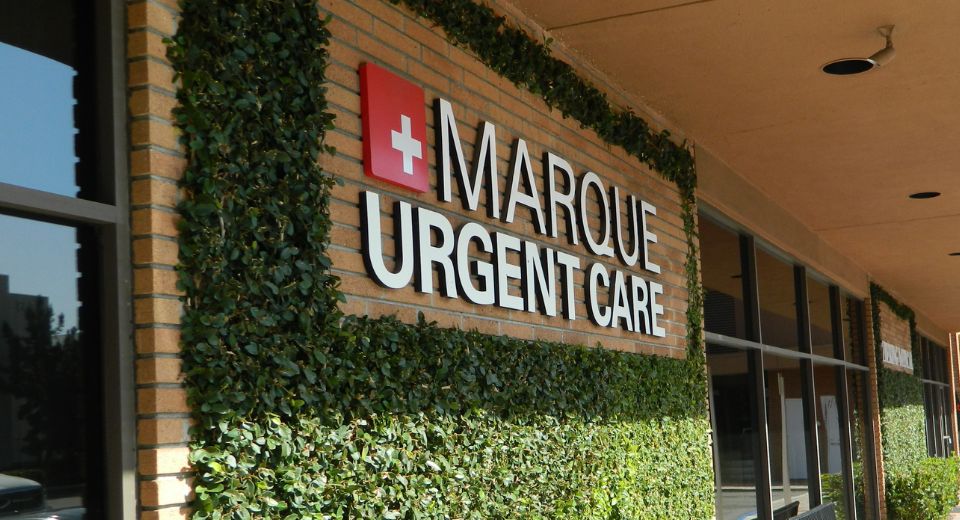In the realm of healthcare, knowing when to seek immediate attention can be a crucial decision. When faced with sudden illness or injury, it’s essential to understand the difference between emergency rooms (ERs) and urgent care facilities to ensure you receive the most appropriate and timely care. Not only does this ensure efficient treatment for your condition, but it also helps alleviate strain on emergency services, leaving them available for genuine emergencies.
Understanding the Difference
Emergency Room (ER)
ERs are equipped to handle life-threatening situations and severe medical conditions that require immediate attention. These include:
1. Trauma: Serious injuries such as broken bones, severe burns, or deep lacerations.
2. Chest Pain: Symptoms of a heart attack, including chest pain, shortness of breath, and dizziness.
3. Stroke: Sudden numbness, weakness, or difficulty speaking, which could indicate a stroke.
4. Severe Bleeding: Uncontrolled bleeding that requires immediate medical intervention.
5. Difficulty Breathing: Severe asthma attacks or sudden onset of breathing difficulties.
Urgent Care
Urgent care facilities are designed to treat non-life-threatening conditions that still require prompt attention. These include:
1. Minor Injuries: Sprains, strains, minor cuts, and bruises.
2. Minor Illnesses: Cold, flu, sore throat, earaches, and urinary tract infections.
3. Minor Fractures: Suspected fractures that are not severe or life-threatening.
4. Minor Allergic Reactions: Mild allergic reactions, such as rashes or insect bites.
5. Minor Burns: First or second-degree burns that do not cover a large area of the body.
6. Wellness Exams and Tests: Sexually Transmitted Diseases (STDs), glucose, routine blood work, blood pressure, among others.
Why Choose Urgent Care
Opting for urgent care when appropriate offers several advantages:
1. Quicker Service: Urgent care facilities typically have shorter wait times compared to emergency rooms, allowing you to receive timely treatment for non-life-threatening conditions.
2. Cost-Effective: Visiting urgent care for minor issues can be more cost-effective than an ER visit, as they often have lower co-pays and fees.
3. Resource Conservation: Utilizing urgent care for non-emergencies helps alleviate overcrowding in emergency rooms, ensuring that critical resources and personnel are available for genuine emergencies.
Knowing when to go to the emergency room versus urgent care is vital for both your health and the efficient functioning of healthcare systems. By understanding the differences between these two facilities and choosing appropriately based on the severity of your condition, you can ensure you receive the most suitable care in a timely manner. And with Marque Urgent Care’s convenient locations throughout Southern California, accessible and efficient healthcare is within reach for those in need!
Author: Bree Maloney, Communications Director


